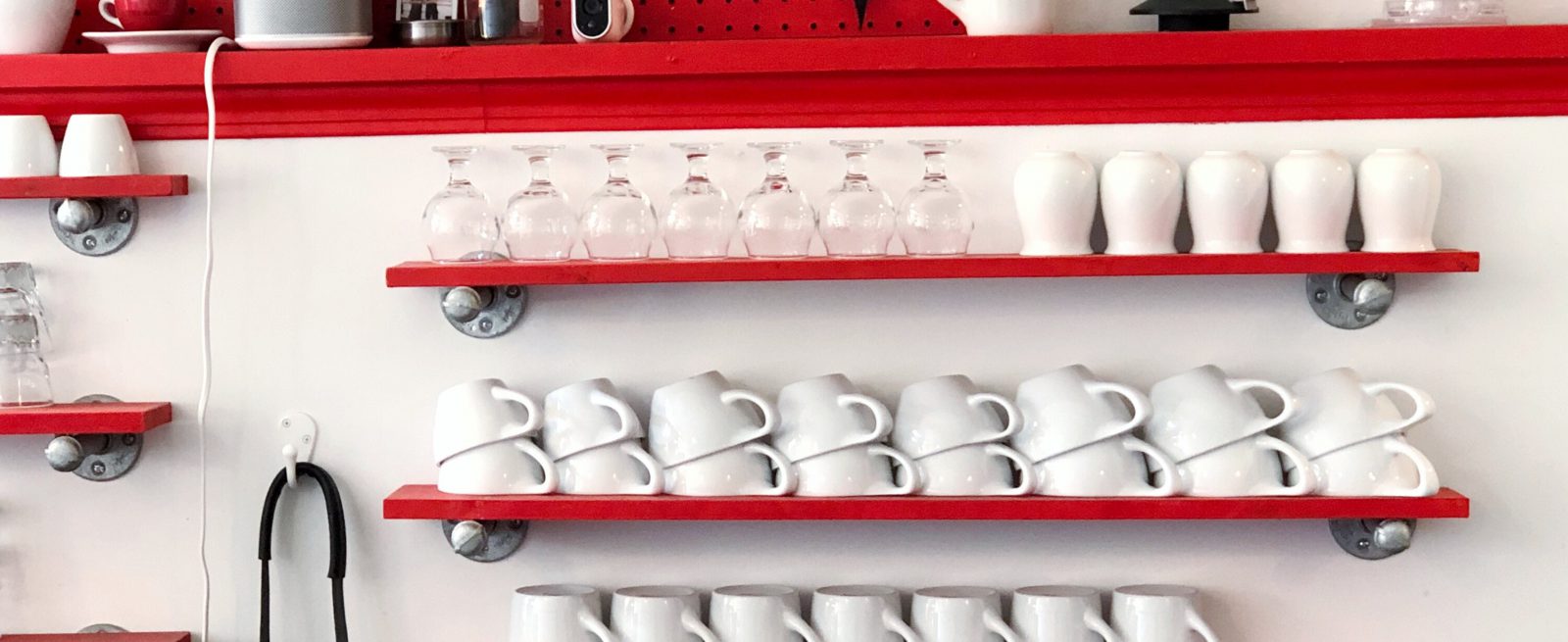MRM EXCLUSIVE: Four Tips for More Efficient Restaurant Payroll
3 Min Read By Christian Valiulis
The most surefire way to upset an employee is to mess up his or her paycheck. The more manual the payroll process, the more likely HR managers are to deal with paycheck errors and unhappy employees. Restaurants have a particularly challenging time ensuring the payroll process goes smoothly because of the very specialized regulations involved in transferring data from a point-of-sale system into a payroll platform. Trying to manage that data transfer can lead to inaccuracies such as duplicate data entries or missing information.
More than 81 percent of restaurants in the United States use electronic POS platforms, and about 76 percent admit to needing better tools for managing them. But the traditional processes for transferring data from a POS to payroll system can be time-consuming, creating major issues like incorrect paychecks and fines for noncompliance.
That’s why it’s so important to automate data syncing between your POS and payroll solution for a streamlined payroll process. With an increasingly competitive labor market, unhappy employees could walk out the door, potentially leading to lost business, bad reviews, and even closure. To prevent these issues from occurring, restaurant leaders and HR managers should follow these four tips for more efficient restaurant payroll:
1. Move Your POS System Into the Cloud
Taking orders on pen and paper isn’t as common as it used to be. Now, it’s more common to see tablets in waitstaff’s hands or on tables where customers can order and pay on the spot. Most of this technology is cloud-based, which offers a much easier way to connect POS data with payroll platforms anywhere.
While online solutions aren’t new to the industry, many restaurants still utilize locally installed systems such as Aloha and Micro, which work only within the building’s immediate vicinity. If that applies to your business, consider switching to an online service that allows for better communication and wider use — especially if you’re a multilocation restaurant owner.
2. Determine Whether Your POS Platform Has an Open API
Older cloud-based systems can be programmed to sync with newer payroll platforms, but only if the application programming interface is open. An API provides instructions on connecting a new platform to the existing one, thus removing the need to export and import files manually.
Upgrading to a more modern system will be worth the investment if your current solution’s API is closed. Shop around for a more efficient POS system, and be sure to choose one with an open API to make bridging it with your payroll service easier.
3. Make Your Systems Safer
Another benefit to moving your POS and payroll online is increased data security. In recent ransomware attacks, the virus was able to spread due to lack of upgraded security. Most online systems weren’t affected because the providers constantly monitored the databases from behind the scenes, applying operational patches and security fixes immediately.
Cloud solutions come with plenty of redundancies to ensure that any data stored on their servers is always secure. For instance, some services keep at least three copies of files on three different servers. All three have to be erased or taken over simultaneously for them to be compromised — a very rare occurrence.
4. Ask for Proof of Concept
If you don’t know right away what open API documentation should look like, one demonstration will let you know whether a system you’re considering actually works. Requesting this proof of concept during your evaluation of the system will help ensure that there are no surprises after installation of the platform.
For example, if you’re testing out a payroll service, ask the vendor to import a file from your system into its own on the spot. If it works, that means the new service can read and understand your existing platform’s data. If not, you know you need to look elsewhere for a solution.
Entering a Fast, Efficient Future
A new era of efficiency awaits restaurant leaders and HR managers who implement a cloud-based POS system that offers an open API for data syncing with a compatible payroll service. Adopting cloud technology, increasing data security, and asking for proof of concept are critical steps to improving a restaurant’s payroll process. And when payroll administrators can automate data syncing between their point of sale and payroll systems, restaurant leaders will know they’ve eliminated payroll issues once and for all.


